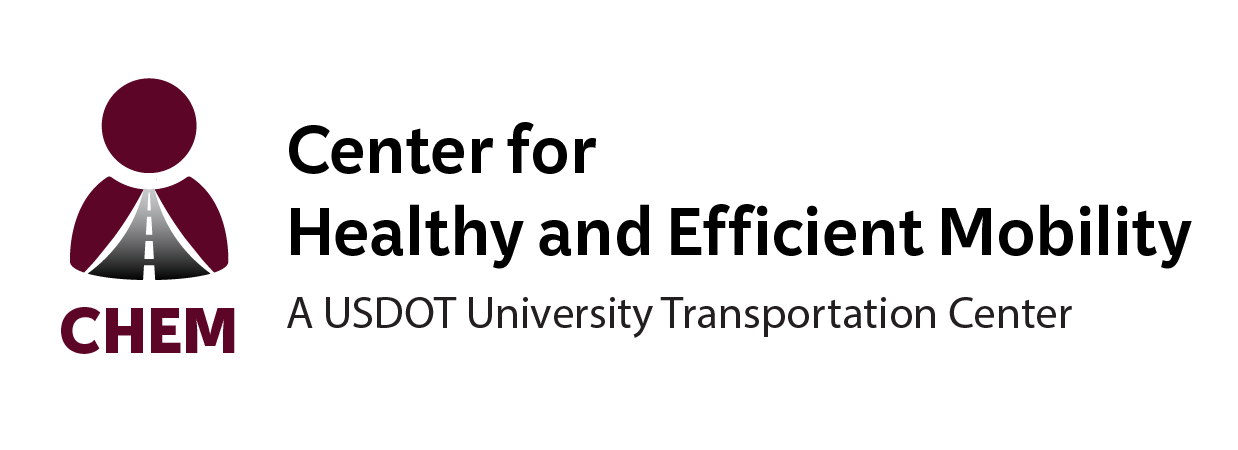-Identify the types and quantity of hazardous materials that may be encountered
-Perform proper, site-specific risk assessments
-Consider the need to transfer hazardous materials to disposal sites
-Evaluate the impact of hazardous waste generation on surrounding communities and the environment
-Periodically review and keep up-to-date on waste management requirements to ensure compliance
-Develop project plans that incorporate recycling and reuse opportunities
-Reduce the use of nonrenewable resources and promote the use of renewable replacements
How it Helps
Improperly managed hazardous waste can have detrimental impacts on both human health and the environment.3 Waste generated from the transportation sector—such as automobile maintenance, transportation construction activities, and other sources—can contribute to pollution of urban runoff and degrade water quality.
Minimizing waste generation, cleaning up existing waste, and understanding the risks associated with exposure to hazardous waste are all important to managing waste in the transportation industry. Introducing recycling and reuse options within the transportation sector can provide both environmental and economic benefits and may also lead to performance improvements. Additionally, ensuring that transportation infrastructure is designed for longevity can increase sustainability and reduce further transportation-related waste.
Implementing
Waste Transportation:
It is important to consider hazardous waste transportation, or the transport of waste from a generator’s site to its final destination.4 Many hazardous waste materials are transported to a treatment, storage, and disposal facility (TSDF). Both the EPA and U.S. DOT have established hazardous waste transporter regulations that should be reviewed and followed.
Education:
The successful management of hazardous wastes depends on highly trained transportation workers, construction workers, and other individuals who are responsible for the generation, storage, and disposal of this waste. Employees need to be aware of how to properly handle these materials and how improper management can harm the surrounding community and environment.
Examples
1) Waste Transportation in Texas
Along with the EPA and U.S. DOT, the state of Texas regulates the transportation of hazardous and nonhazardous waste through rules established by the Texas Commission on Environmental Quality (TCEQ). The TCEQ clearly defines what is considered hazardous waste, storage requirements during transportation, packaging and labeling instructions, and other important information for transporters of hazardous waste.
https://www.tceq.texas.gov/downloads/permitting/waste-registration/pub/rg-086.pdf
2) EPA Guidance on Hazardous Waste
Information on hazardous waste requirements can be accessed through the EPA’s Office of Solid Waste, where waste generators can learn about the RCRA and how to clean up different types of hazardous waste.
https://www.epa.gov/environmental-topics/land-waste-and-cleanup-topics
3) FHWA Recycling Policy
The U.S. Federal Highway Administration (FHWA) has its own recycling policy that describes how to use of recycled materials in highway applications and its associated benefits.
